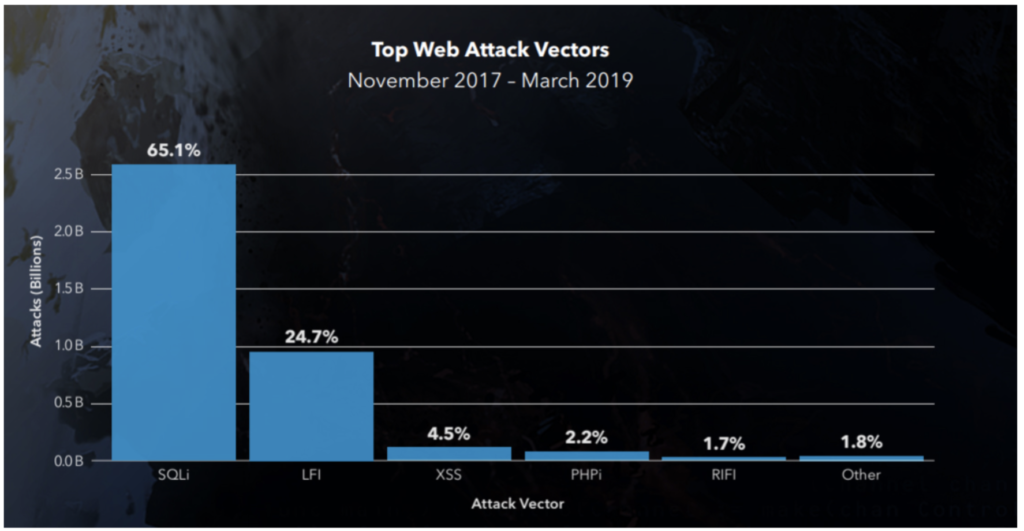SQL-Injektioner
I avsnitt nummer 45 tar vi oss an begreppet SQL Injection.
Jag och Erik verkar gilla den här sårbarheten, eftersom förutom avsnittet, finns ju Eriks bloggartikel i ämnet här.
I avsnittet pratar vi om ”OWASP Top Ten Project” och den är ju intressant att kika på. – länk.
Och så nämner vi lite fakta – 65% av alla webbattacker nyttjar SQLi som vektor. Källan finns här (https://www.cbronline.com/news/sql-injection-attacks) – en väldigt spännande vinkel i artikeln är att spelkonton är hackares nya favorit.





Senaste kommentarer